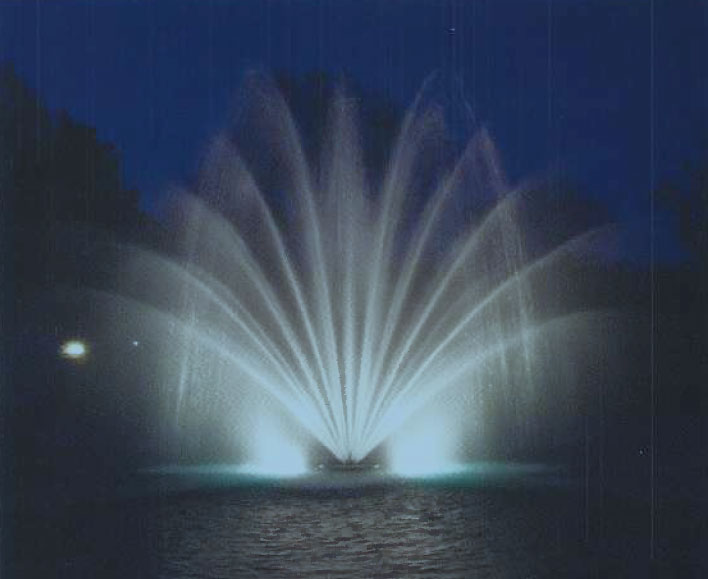Services
Aeration & Water Management

Dissolved oxygen (DO) is the life line of all impoundments regardless of size, shape, geographic location, primary purpose(s), etc. Oxygen is everything that is good in a lake or pond and can do everything from increasing the sizes and quantities of fish to maintaining pleasing sights and sounds. More importantly, adequate DO helps maintain the natural balance of the aquatic ecosystem and will add years to the “life” of the impoundment. All lakes and ponds undergo a natural process called eutrophication. The eutrophic process is the “filling-in” of a body of water leading to its eventual extinction as a swamp. This process may take 100 years or, it may take only 10. As organic matter accumulates in the water, it must be utilized or “broken down” by the myriads of bacteria that live in the pond. If DO levels are poor, the results are less natural decomposition of the organic matter which leads to the rotting and buildup of “muck”. This, in turn, produces toxic gasses such as methane and hydrogen sulfide, creates compost for the ongoing release of nutrients into the water column and essentially fertilizes, in the wrong way, for undesirable weeds and algae. Then, as summer arrives, so does the smell and as the scum becomes abundant and natural heat and wind-generated circulation decreases, stagnation and stratification may occur and mosquitoes are living the good life.
There are many factors that determine what type of aeration is needed and how much. Suffice it to say that, for the long term health of your waterway, aeration can never occur too soon. Whether your pond is runoff dependent, has flowing or static water, is used for recreation, livestock watering, irrigation or just aesthetics, sooner or later oxygen will become a major factor in the overall health of the pond.

